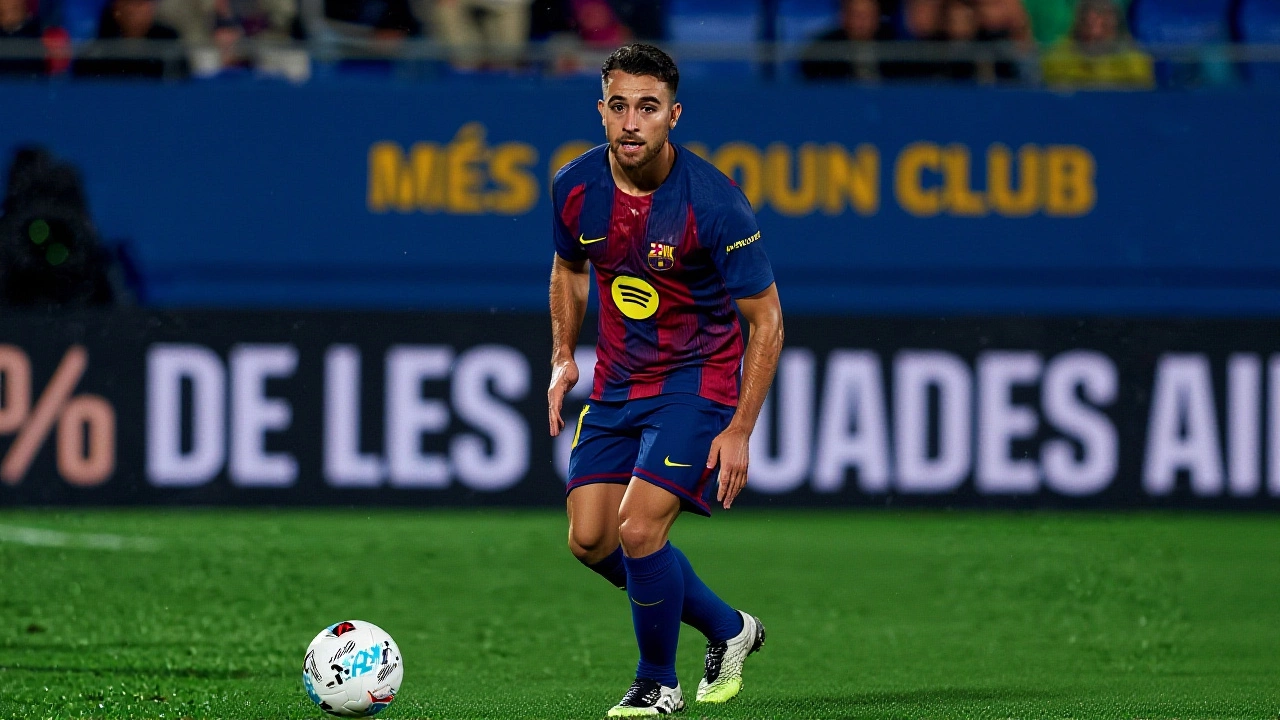Sevilla – Latest News, Sports & Culture Hub
When talking about Sevilla, a vibrant city in southern Spain known for its historic architecture, lively festivals, and passionate football scene. Also called Seville, it sits on the Guadalquivir River and serves as the capital of Andalusia.
The city of Sevilla draws visitors for its UNESCO‑listed Alcázar, the towering Giralda, and the annual Feria de Abril where locals dance to sevillanas. Those landmarks aren’t just photo ops; they shape the city’s identity, influence its tourism economy, and fuel local pride. While historic sites attract culture lovers, the modern pulse comes from Sevilla FC, the football club that competes in La Liga. The club’s success in the UEFA Europa League has turned matchday into a citywide celebration, linking sport with tradition.
Sevilla’s culinary scene mirrors its diverse influences. Tapas bars serve jamón ibérico, fried espinacas con garbanzos, and the sweet orange‑scented orange wine that originates from nearby vineyards. Food festivals often coincide with football fixtures, creating a seamless blend of flavor and fandom. This culinary‑sport crossover illustrates a larger semantic triple: Sevilla’s gastronomy enhances fan experience, which in turn boosts local businesses. It also shows how Andalusia’s agricultural heritage fuels the city’s restaurant culture.
Why Sevilla matters beyond the headlines
Beyond the stadium and the tapas, Sevilla serves as a hub for technology startups and renewable‑energy projects. The city’s university, Universidad de Sevilla, partners with research institutes to develop solar‑panel innovations that power stadium lighting. This creates another triple: University research fuels renewable tech, renewable tech powers sports venues, sports venues showcase city’s commitment to sustainability. The interplay between education, green tech, and entertainment makes Sevilla a model for other Mediterranean cities.
Transport links also tighten Sevilla’s role in the Iberian network. The high‑speed AVE line connects the city to Madrid in under two and a half hours, while the Seville Airport handles routes to Europe, Africa, and the Americas. Convenient travel encourages international fans to attend La Liga matches and tourists to explore the Alcázar, reinforcing the semantic link: efficient transport boosts tourism, tourism fuels cultural preservation, cultural preservation attracts investment.
Social media chatter around Sevilla often spikes during key events – the opening match of the season, the Feria, or the Semana Santa processions. Platforms like Instagram showcase the city’s pastel de nata‑filled plazas, while Twitter threads dissect Sevilla FC’s tactics. This digital buzz demonstrates another connection: online engagement amplifies global awareness, global awareness drives visitor numbers, visitor numbers sustain local economies. For anyone tracking trends, Sevilla offers a live case study of how heritage, sport and tech converge.
Looking ahead, the city plans a new district near the riverfront, blending residential space with a public park and a small arena for youth sports. The project aims to nurture the next generation of athletes while preserving green corridors. Here we see the triple: urban development creates community spaces, community spaces foster athletic talent, athletic talent strengthens the city’s sporting reputation. All these threads weave together to make Sevilla more than just a name on a map – it’s a living, breathing ecosystem of culture, competition, and innovation.
Below you’ll find a curated collection of articles that dive deeper into Sevilla’s football triumphs, its historic sites, culinary delights, and emerging tech scene. Whether you’re a fan, a traveler, or a business explorer, the stories ahead will give you a clear picture of why Sevilla keeps popping up in the news and why it matters to you.

